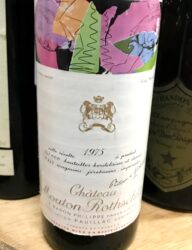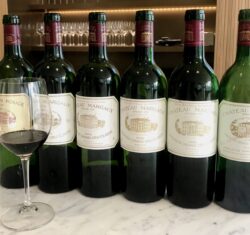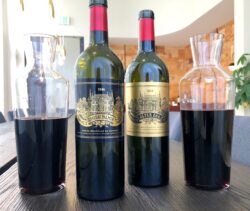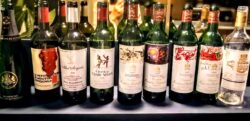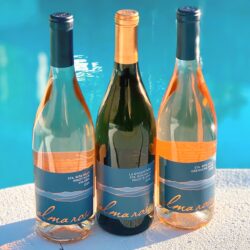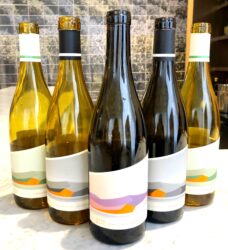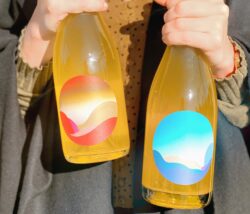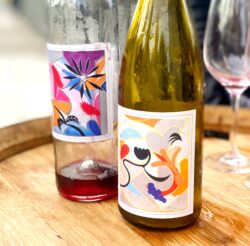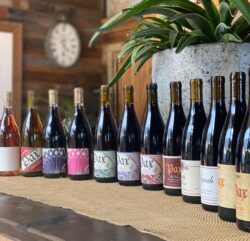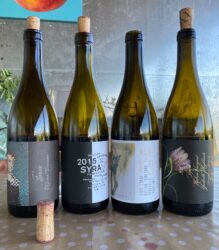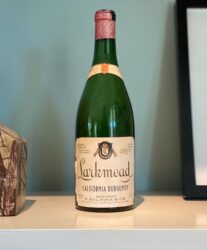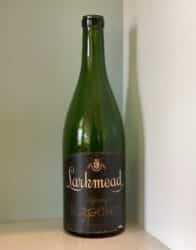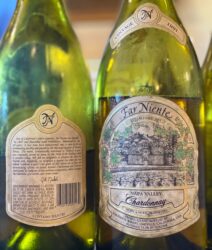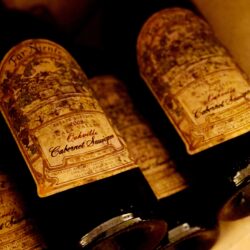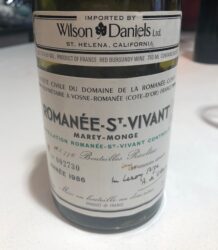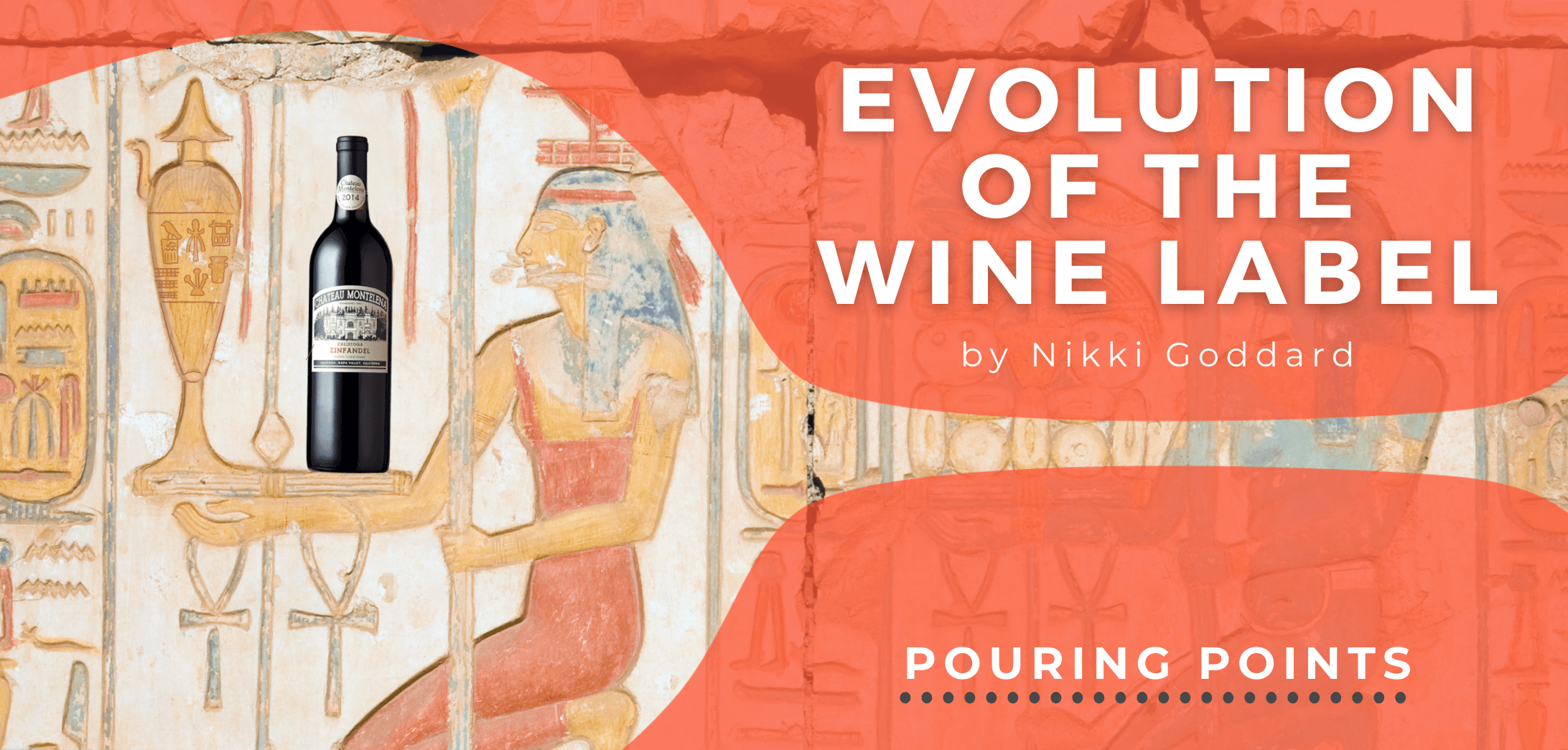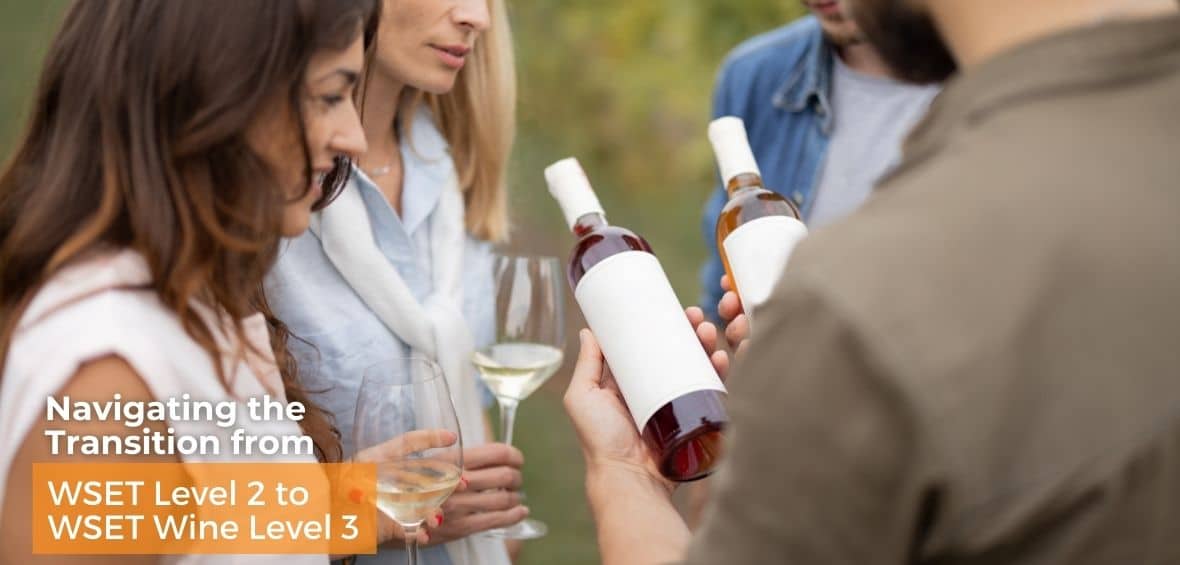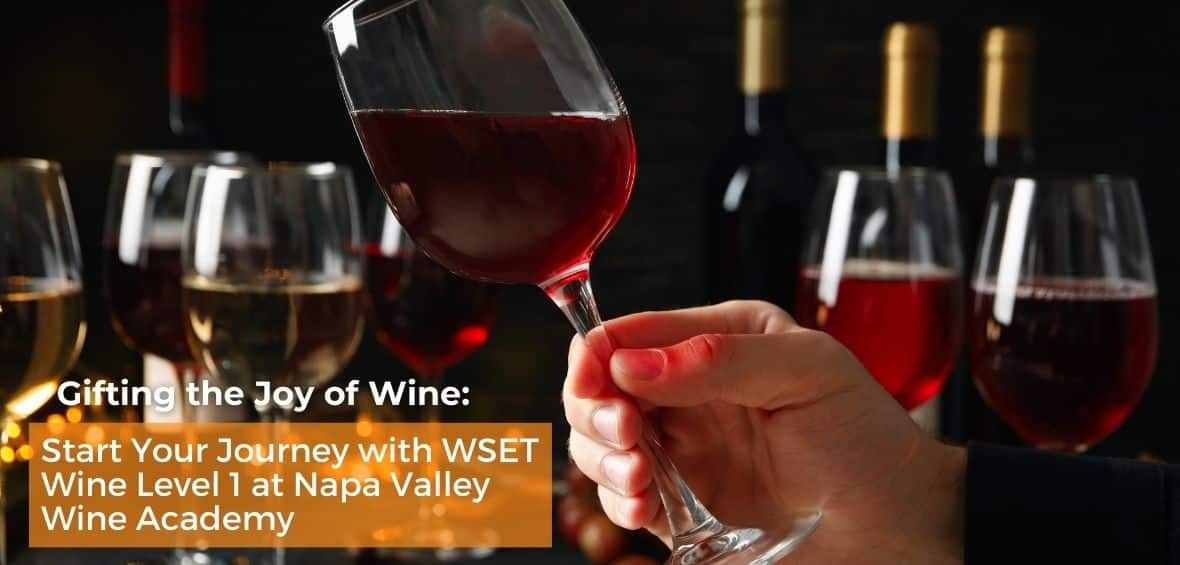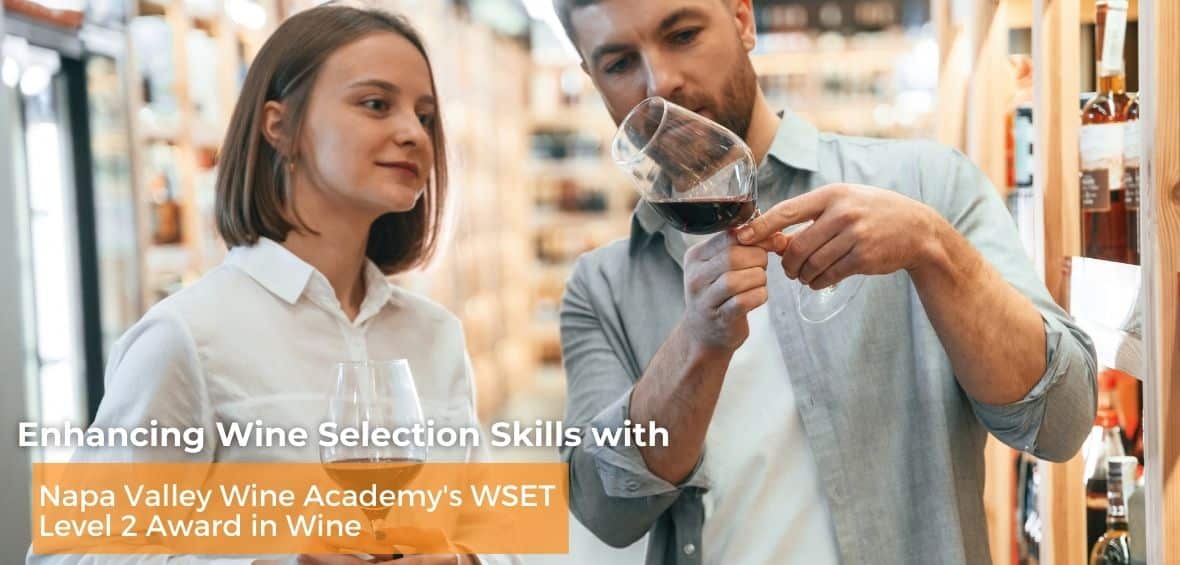Story and Image Gallery By Nikki Goddard
While over 80% of consumers admit to choosing wine by its label, they tend to admit it sheepishly. But, for as long as they have been in existence, wine labels have, in varying ways, given us many helpful clues—not just about what’s inside the bottle, but about the society that created it. The wine labels of the past can serve as a window into the culture, technology, and values of a given time and place.
The earliest known wine labels, discovered in the tombs of Egyptian pharaohs, date back to 1550 B.C. or earlier. Prized by wealthy kings and priests, wine was kept in clay amphorae, stored in massive, meticulously organized cellars. Each jar was stamped with a remarkably detailed inscription about its contents: The vintage, region, wine type, sweetness level, quality rating, winemaker, and vineyard owner were all identified, as well as the ideal occasion for consumption—such as “wine for tax collection day,” or “wine for dancing.” These artifacts tell us not just of wine’s prestigious role in ancient Egypt, but also of the surprising emphasis on vintage—when King Tutankhamun was entombed in 1352 along with 26 jars of wine, 23 of them came from just three outstanding years.
It wasn’t until the early 1700s, when glass bottles made their first appearance in the wine industry, that label production and design began to modernize. Dom Pérignon was the first to inscribe information by hand onto small pieces of parchment, tied around the neck of the bottle with string; this became standard practice. Others used stone etchings, transferred onto paper with an ink roller. About a century later, the game-changing invention of lithography allowed mass production of labels for the first time; concurrently, the rectangle became the standard shape for wine labels, as it maximized available space for information—as well as illustration.
Over the next century and a half, as modern winemaking became more sophisticated, producers became eager to create beautiful labels worthy of their vinous creations. Meanwhile, the glass bottle industry began to take off, and wine distribution was wider and more varied than ever before. This made labels indispensable, and the new printing method gave producers the freedom to introduce artistic designs and color, helping to distinguish their wines from the competition.
The 20th century saw a creative renaissance for wine labels. In 1924, Baron Philippe de Rothschild commissioned an artist’s illustration for Mouton Rothschild’s label. In 1945, he solidified the château’s now-longstanding tradition of artist collaborations which has come to include Picasso, Dali, Warhol, and many more. These striking labels give the already-noble wine an even greater air of sophistication and pedigree, and other producers have introduced similar collaborations.
Today, when it comes to wine label aesthetics, pretty much anything goes, and what you’ll read on the labels varies just as widely. Label text ranges from precise technical information to stark minimalism—and everything in between; you may find tasting notes, serving suggestions, sweetness scales, or anecdotes. Wines that are marketed to less sophisticated consumers often include more explanatory details, while bottles that are typically sought-after by serious enophiles may trust that their target demographic is already in the know.
Many wine consumers may find it easier to comprehend labels on New-World wines, which are typically labeled by their grape variety rather than their region of origin. This practice was introduced to the United States in the 1940s, and became standard by the 1970s, with help from Robert Mondavi. Today, even some European producers have adopted varietal labeling in response to consumer demand.
For some producers, technology has become a great way to sidestep the constraints of label size—QR codes, which can be scanned for additional information, are already relatively commonplace; some even incorporate augmented reality experiences. And, to combat the rampant problem of wine fraud, some producers are employing “smart” technologies like RFID and NFC tagging, and, more recently, blockchain, to verify the authenticity of their wines.
Still, wine labels often don’t tell us everything we need (or want) to know, and can at times be misleading, imprecise, or confusing. And unlike nearly any other food or beverage, nutrition facts are rarely included, and additives are never disclosed. Only recently, as the organic food movement has entered the limelight, has this topic received much attention, but it is becoming a hot-button issue between consumers, producers, and regulatory boards.
Meanwhile, some inclusivity concerns lag further behind. In the 1990s, the legendary Rhône Valley producer Michel Chapoutier began printing braille text on all of his wine labels after learning from a friend, who was blind, about the challenges of trying to select a wine without help from a sighted companion. While some other producers have followed suit, the practice is still far from widespread.
Sources + Research:
“Ancient Wine: The Search for the Origins of Viniculture” by Patrick McGovern, P. 85
https://www.vice.com/en/article/xymmnd/everyone-really-is-just-picking-their-wine-based-on-the-label
https://www.thrillist.com/news/nation/everyone-picks-wine-based-on-label
